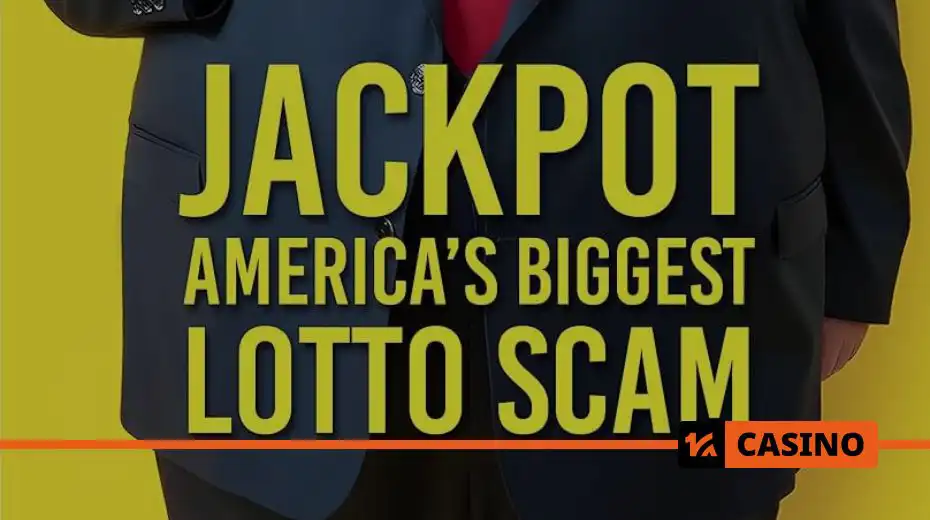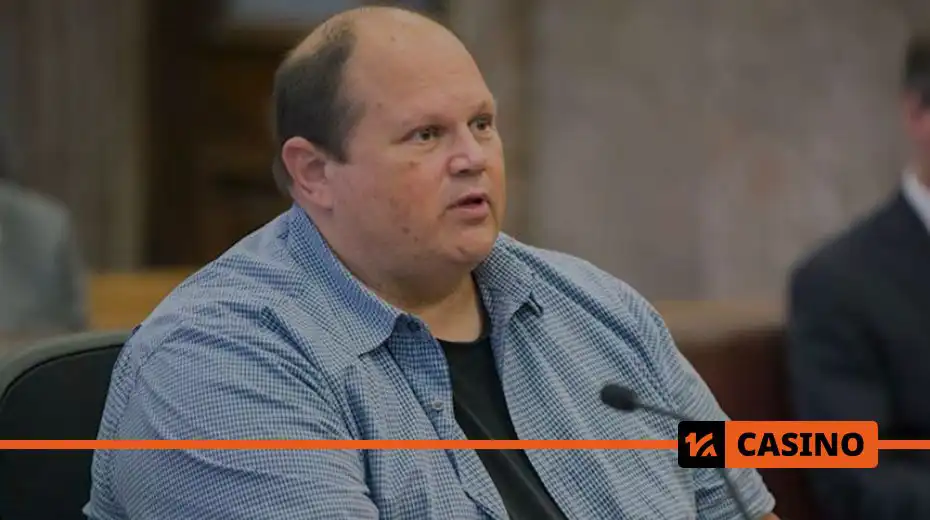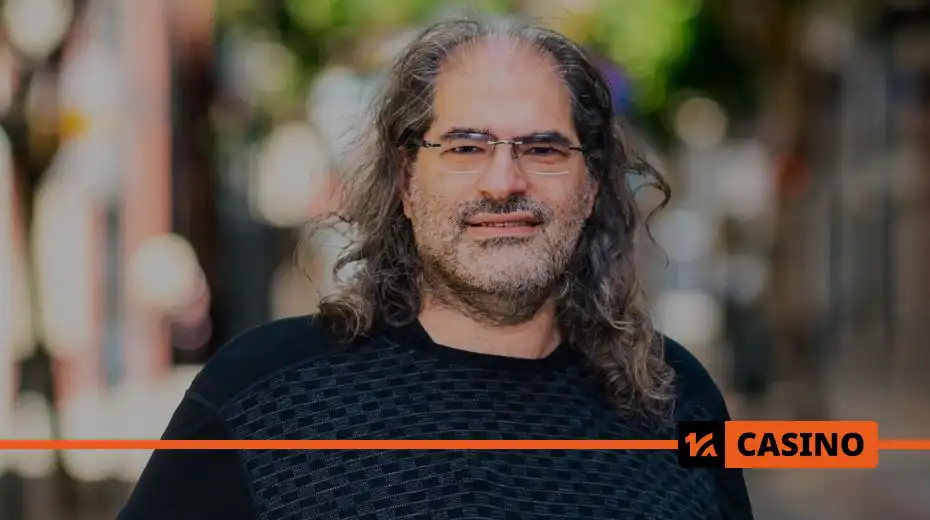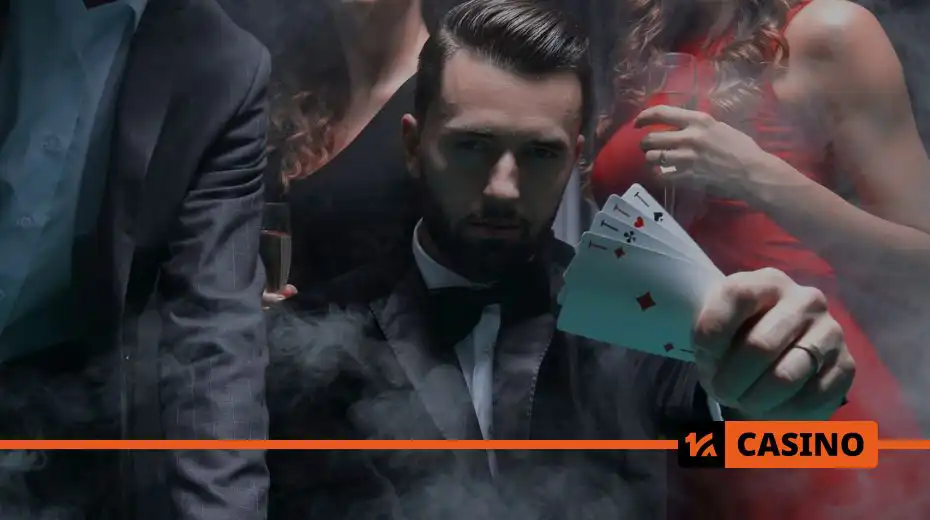“Jackpot: America’s Biggest Lotto Scam” – a film that exposes the inner workings of the biggest lottery fraud in history
At the heart of the documentary lies the story of Eddie Tipton, a system administrator who managed to tilt the odds in his favor not through luck, but through code. Between 2005 and 2011, he deceived the U.S. lottery system using malicious software and secured millions in winnings. The film illustrates how even the most secure systems can be compromised when an insider chooses to play by their own rules.

Who Eddie Tipton Was and Why People Trusted Him
Eddie Tipton held the position of Director of IT Security at the Multi-State Lottery Association (MUSL). He was entrusted with managing the algorithms that generated winning lottery numbers. This role gave him direct access to the core component – the random number generator (RNG) – used to determine results across the country.
Tipton was described as calm, polite, and dependable. None of his colleagues suspected he would become the central figure in one of the most notorious scandals in U.S. lottery history.
How the Fraud Scheme Was Constructed
The key instrument of the scheme was a modified RNG. Tipton implanted malicious code that activated only on specific dates and times. This allowed him to predict the numbers drawn in advance.
How the code worked:
- The code activated on specific dates (e.g., December 27).
- It restricted the RNG to a narrow number range.
- Predicting the winning combination became a matter of calculation.
To cash in the prizes, Tipton used proxies: friends, relatives, and offshore legal entities. One of the wins, claimed through a foundation registered in Belize, became the starting point for the investigation.
“Jackpot”: A Chronicle of Exposure
The documentary traces the entire timeline – from the first suspicious win to Tipton’s eventual arrest. It focuses not only on the technical aspects of the fraud but also on Tipton’s psychological profile. The filmmakers explore how a man with power and access gradually crossed the line.
The film raises several important questions:
- Where does trust end and oversight begin?
- Why was security control so superficial?
- How many other fraudulent wins might have gone unnoticed?
Interestingly, Tipton refused to participate in the filming. His perspective is presented through testimony, interrogation recordings, and accounts from people around him.

Financial Scale and Consequences
| Metric | Figure |
| Confirmed winning incidents | 5 draws |
| Total prize amount | Over $24 million |
| Largest single win | $16.5 million |
| Sentence imposed by the court | 25 years |
| Time actually served | 5 years (early release) |
| Restitution ordered | Several million dollars |
Paradoxically, even after his exposure, the exact number of fraudulent wins remains unknown. Investigators believe some draws escaped detection entirely.
Impact on the U.S. Lottery System
After the scandal, MUSL and other lottery operators strengthened internal security protocols. New measures were introduced:
- Mandatory external audits of random number generators
- Separation of duties: no single employee can access both code and servers
- Transition to hardware-based RNGs (physical entropy sources)
Public trust in the lottery was shaken, and the reputational damage was significant. The film “Jackpot” became a crucial moment in the broader discussion about transparency and the vulnerabilities of state-run games.
Quotes That Capture the Essence of the Story
“At first, it felt like a harmless backup plan. Then it became a way of life.”
– From the case investigation“We thought we were secure. We were wrong.”
– MUSL representative
Lessons from the Most Notorious Lottery Scam in U.S. History
- A system designed for millions can be compromised by a single person
- Technical expertise without moral restraint is a serious risk
- Oversight and audits must be routine, not symbolic
- Films like “Jackpot” matter – not for the spectacle, but for the warning they deliver
The story of Eddie Tipton is not just a chronicle of crime – it’s a vivid example of how technology, trust, and money can collide in the most unexpected ways.



Comments
No comments yet